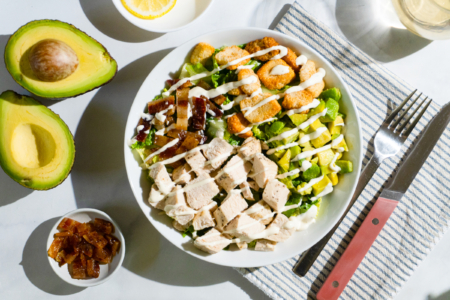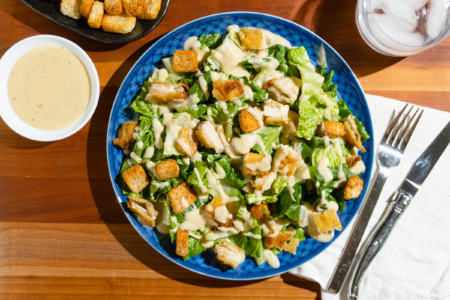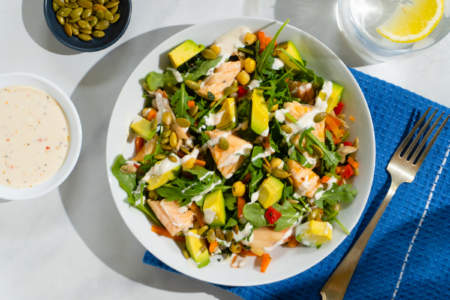Appropriately nicknamed the “queen of the forest”, these highly sought-after wild mushrooms are royalty in the culinary world. Between their golden hue, rich flavor, and velvety texture, it’s not hard to see why.
Taste
Prized for their complex yet delicate flavor, chanterelles are earthy and savory when cooked, with a slightly peppery undertone and a hint of fruity sweetness reminiscent of apricot. In chanterelle’s raw form, these nuances are overshadowed by a biting, horseradish-like piquancy.
Where to Find Them
Chanterelles are some of the most expensive mushroom varieties in the world, and with good reason. The golden fungi require highly specific growing conditions and, as a result, have a very short season – usually between spring and fall. They are extremely difficult to produce commercially, so are usually foraged instead.
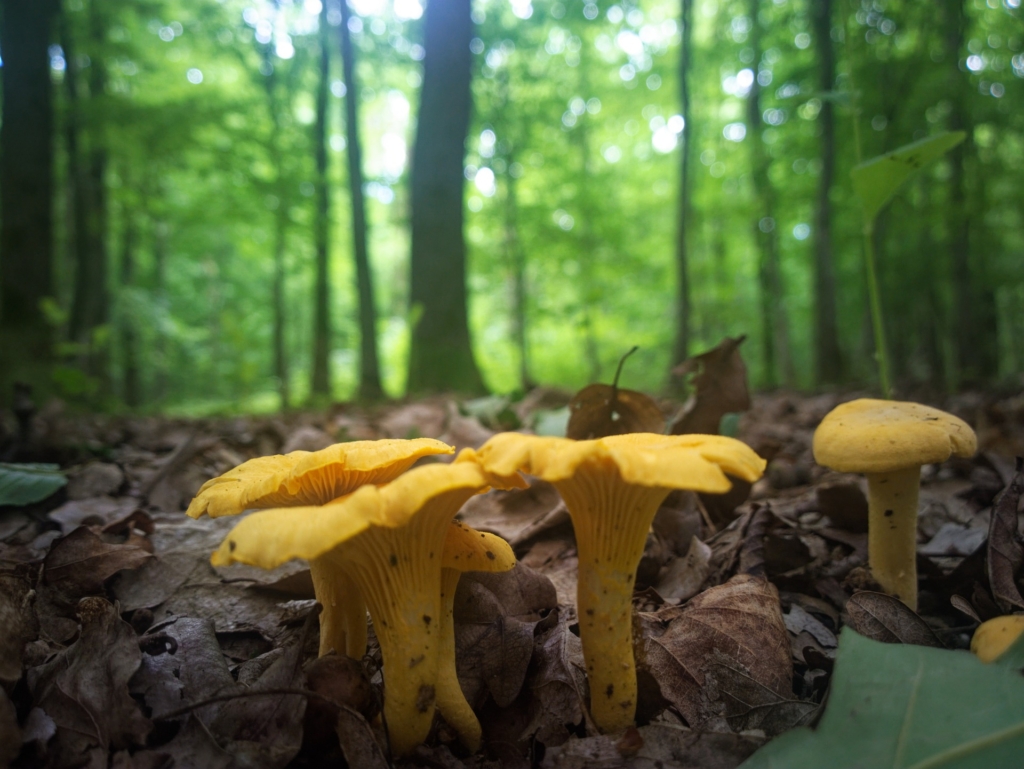
The mushrooms can be found in hardwood forests, typically next to spruce trees, oak trees, and conifers. They generally grow in the same areas, so you can return annually to any chanterelle clusters you come across. However, take note that chanterelles bear a close resemblance to the slightly poisonous jack-o-lantern mushrooms, so it’s best to bring an experienced forager if you’ve never hunted for them yourself.
How to Cook Them
Like most mushrooms, fresh chanterelles easily absorb moisture and can easily become rubbery and waterlogged if prepared incorrectly. Before adding them to your omelet or tucking them into your souffle batter, try this method for tender and flavorful chanterelles with crisp toasted edges.
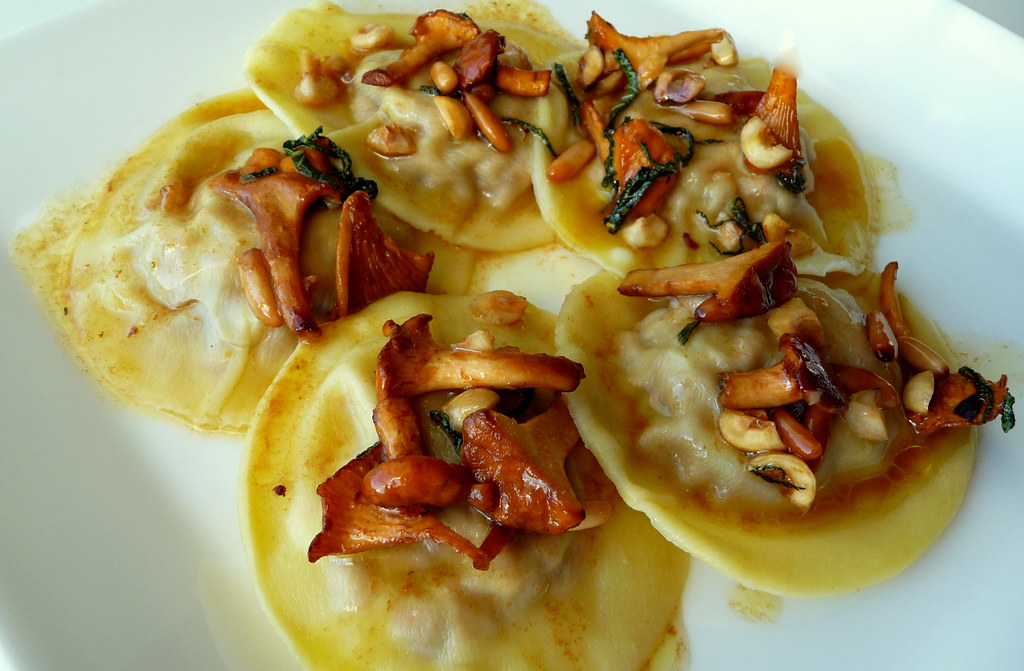
Start by dry sautéing them in a skillet to pull out any excess moisture. Once the liquid from the mushrooms evaporates, add your desired fat or oil to the pan. Continue to sauté, incorporating your choice of aromatics and seasonings, until the chanterelles are golden brown with caramelized edges. Finish with a sprinkle of salt to taste.
From there, you can add your cooked chanterelles wherever you please. We like using them for polenta with wild mushrooms, but you can also add them to savory bakes, soups and stews, or pasta. Chanterelle holds up well to longer cook times, so don’t worry about losing its complex flavor to baking or simmering.

Feature Image: Barbroforsberg from Pixabay

